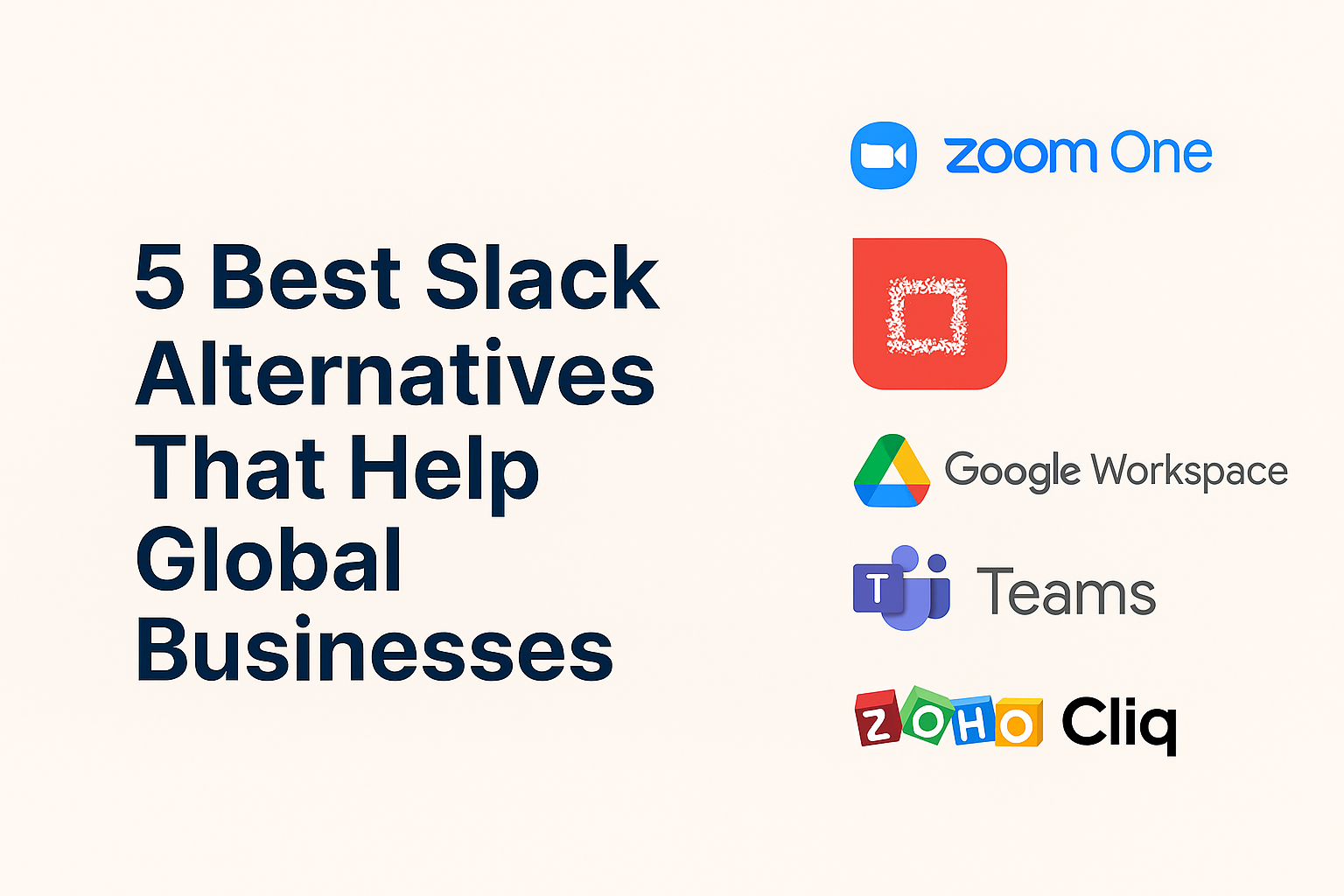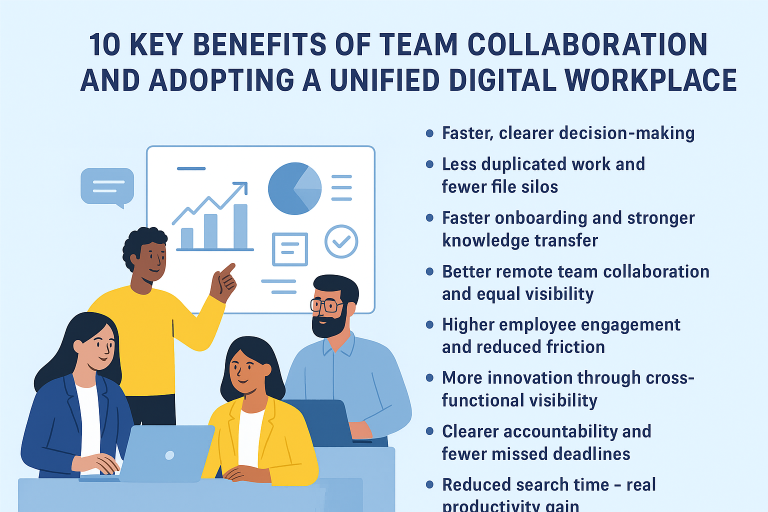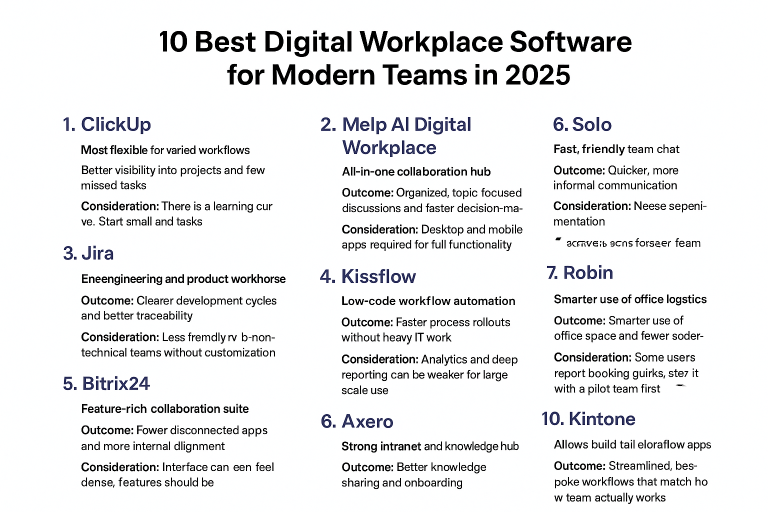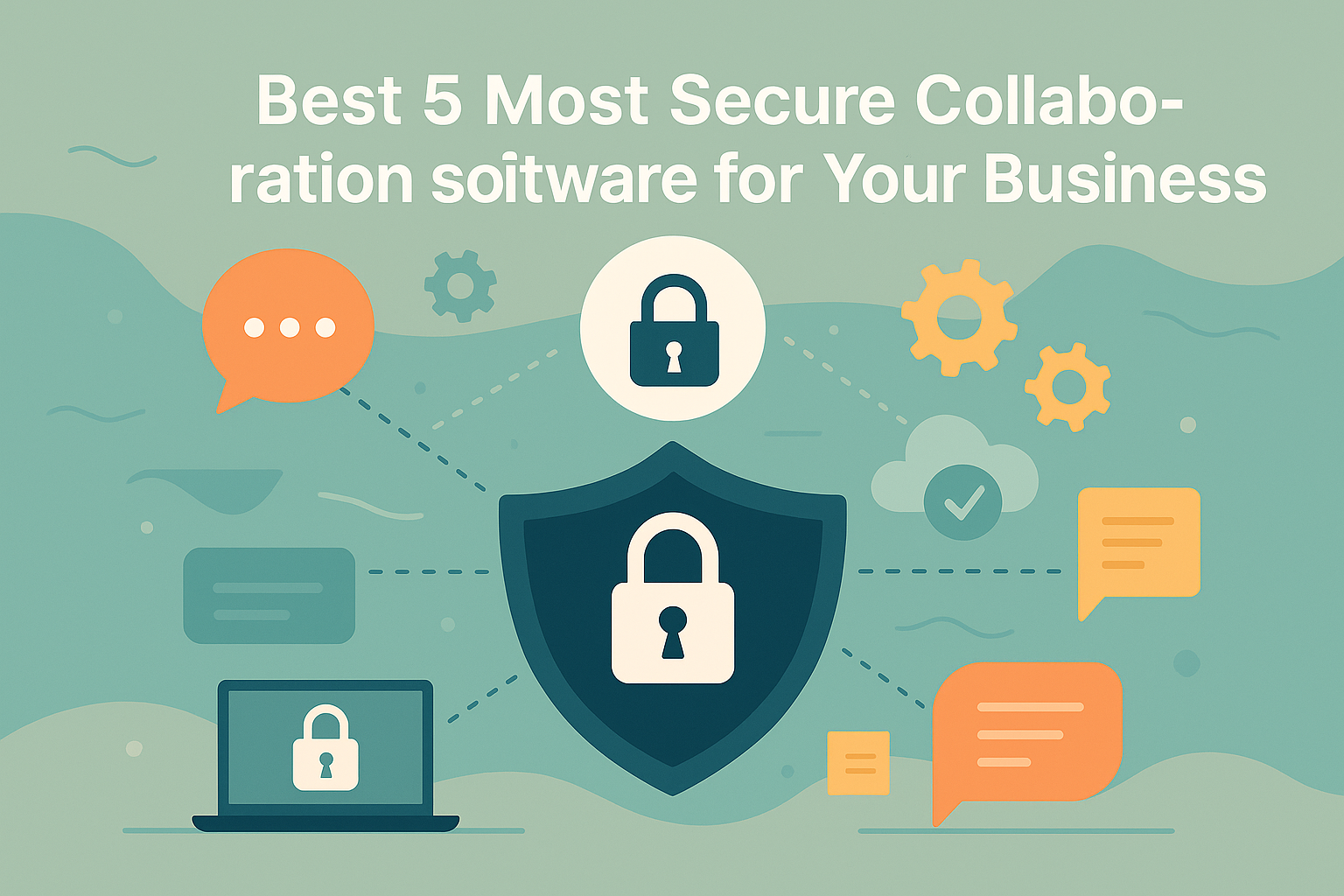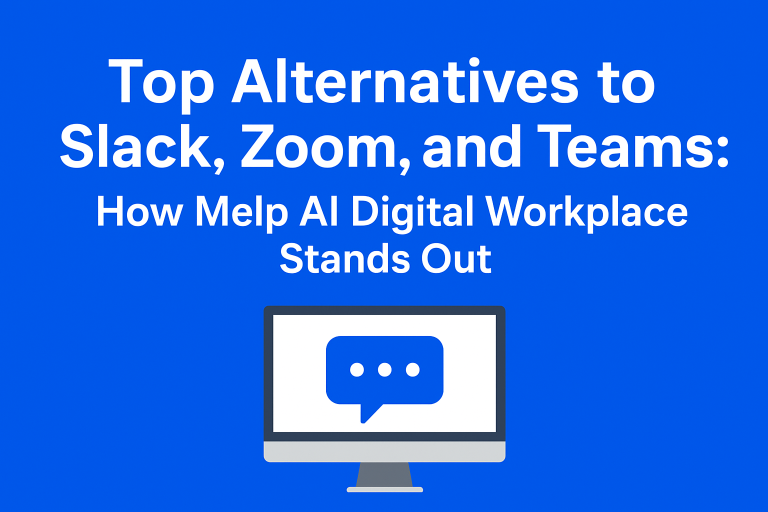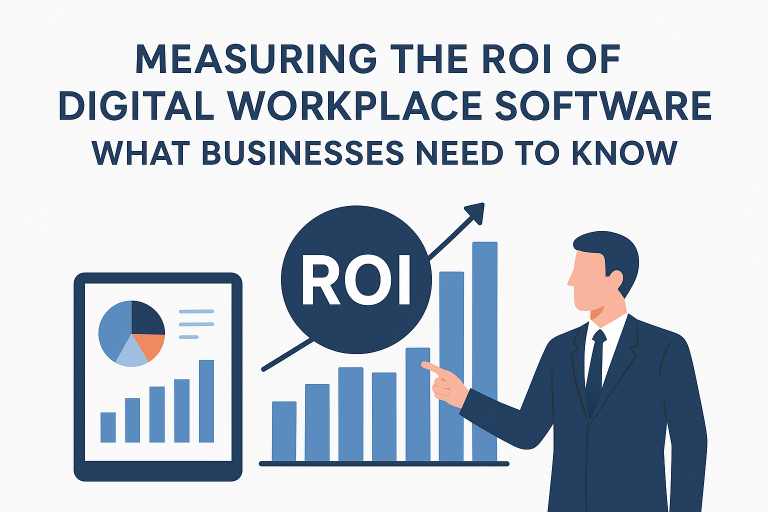How My Quiet Hustle Pushed the Company to Finally Try an AI Digital Workplace
When I took the job, I told myself one thing: be useful. My name is Ryan Clark, I was 26, and I had energy to burn. I pictured myself fixing broken processes, nudging people to be a little less chaotic, and making the team look like pros. I did not expect to become the office’s unofficial tech therapist.
Here is what actually happened.
Day One: Welcome to Spreadsheet Island
The company ran on email threads, buried spreadsheets, and sticky notes stuck to monitors like tiny flags of surrender. If you wanted to find the latest project plan, you needed a search warrant and a memory transplant. Meetings were long, decisions were vague, and follow ups were a kind of hazing ritual.
I tried to be charming about it. I joked that our project management system was “vintage,” which got a polite laugh and a raised eyebrow from my manager, Greg Collins. Greg had been around longer than the coffee machine, and he seemed committed to the idea that if something worked once, it should be left alone forever.
The Ideas That Met the Wall
I started with small things. I suggested a shared checklist so everyone would stop emailing “Did you get that?” twenty times a day. Greg said, “We tried checklists before.” I suggested color-coded priorities instead of five different vague headings. Greg said, “People get confused by colors.”
It got comical. I half expected him to say, “We also tried breathing and it did not work.” I learned quickly that proposing an improvement in that office was like offering a new flavor of ice cream to an ice-age glacier.
But I was not about to quit. I wanted the team to stop losing time. I wanted the work to show up in the right place. I wanted fewer panicked 4 p.m. meetings.
The Canteen Guy Who Was Not Just the Canteen Guy
Enter Eddie Alvarez, our canteen guy. Eddie knew everyone, their cousins, and which desk plant needed water. He also had the best soup in three zip codes. I started talking to him over chicken wraps, mostly to avoid another email thread.
I admitted to Eddie that I had ideas for fixing things and that I was hitting walls. He listened, nodded, and said with a grin, “Keep doing it. People notice. Sometimes not who you expect.”
A week later I learned Eddie was more than a good chef. He had a quiet line to Mr. Harrison, the founder. Harrison liked to keep his ear to the ground, but not by reading corporate memos. He liked to hear real talk from people who saw the day-to-day. Eddie delivered those kinds of honest updates.
Doing What I Could, Without an AI Digital Workplace
We did not have an AI digital workplace or any modern platform to help. That did not stop me. I started organizing things in the only ways I could: better spreadsheets, plain-English process notes, and a simple checklist system that lived in a shared folder everyone could access if they were brave.
I spent evenings turning chaos into step-by-step guides. I created a single spreadsheet that tracked who owned what, when something was due, and what the blocker was. I wrote short how-to notes so a teammate did not need to decode the saga from three separate emails.
The change was slow. Improvements were small. But they were visible. Meetings started to end on time. People stopped asking the same status question in five different threads. The team began whispering that things felt less frantic.
The Awkward Moment the Founder Walked In
Two months in, I was finishing a document when Mr. Harrison walked by my desk. He was not the type to drop by for small talk. He stopped, read my spreadsheet, and asked one question: “Who made this?”
My palms got sweaty. I said, “Uh, me.” He smiled and then asked to hear more. I told him about the problems we had, how people lost time, and how small, consistent changes had started to help. I mentioned the idea of a digital workplace platform that could automate repetitive checks and keep information in one place. I used plain language, not buzzwords. I told him the real cost was time, and the real gain was calm.
He listened. Not the kind of polite-half-listen people give when they already have their mind made up. This was full attention.
Later that day, Eddie popped by my desk and winked. “I told you someone notices,” he said, passing me an extra cookie.
Greg, the Manager, and the Promotion That Wasn’t a Threat
Greg, naturally, felt uneasy. Change can feel like a challenge to authority. He asked pointed questions about where I was getting the time, and whether “these changes” would mean more work for others. I answered openly. I offered to train anyone who wanted help, and I volunteered to take responsibility for keeping the process notes updated.
Harrison called me into his office and gave me a surprising offer: take the time to pilot a better way to manage team tasks, and present the results. He wanted measurable outcomes. He wanted to see whether giving people a clearer place to track work actually saved time and reduced confusion.
He also asked me to think about whether an AI digital workplace platform would help scale what we were starting. He did not commit. He did not need to. Asking the question was a huge step.
The Pilot, the Pushback, and the Small Wins
We ran the pilot for six weeks. I tracked how long meetings lasted, how many tasks slipped, and how many urgent emails turned up at 4 p.m. We cut meeting times by an average of thirty minutes a week for the core team. Task completion visibility improved. People stopped asking “Are we live?” three times a day.
Predictably, some people resisted. Old habits stick. But the facts helped. When Harrison saw fewer frantic emails and more completed tasks, he leaned in.
He asked for recommendations. I suggested a modest approach: bring in a centralized digital workplace platform that used AI to surface overdue items, summarize long threads, and keep knowledge in one searchable place. I used simple ROI language: save X hours per week, reduce Y errors, free up Z time for strategic work.
Recognition, and a Real Seat at the Table
A month after the pilot, Harrison adjusted my role. I got a formal title that included process improvement and team collaboration. There was a raise, because apparently spreadsheets that reduce chaos are valuable. He also asked me to lead a small team to evaluate digital workplace platforms, with the goal of finding one that fit our people, not the other way around.
Greg and I had a frank talk. He admitted he had been cautious because he did not want the team to be overwhelmed by new tools. I assured him the goal was clarity, not complexity. We found a way to work together. He even sat in on vendor demos with me, and I confess he asked the best practical questions.
What I Learned, and What You Can Steal from My Playbook
- Start small. You do not need a shiny AI digital workplace to make a dent. Better spreadsheets count. Clear steps count.
- Make improvements visible. Track meeting length, task slippage, or email volume. Numbers speak.
- Get allies everywhere. Eddie the canteen guy matters more than you think. Human networks are powerful.
- Speak in cost and calm. Leaders respond to time saved and stress reduced.
- Be patient. Resistance is normal. Consistency is how you shift culture.
Final Thought, with a Little Humor
If you are reading this and thinking you need permission to fix things, you probably do not. Permission helps, but it is not required. Start with one small fix that makes someone’s day easier. If you are lucky, the founder will notice. If you are unlucky, at least you made one person less miserable on a Tuesday.
And if Eddie offers you a free cookie, take it. It might be the best investment of your career.

